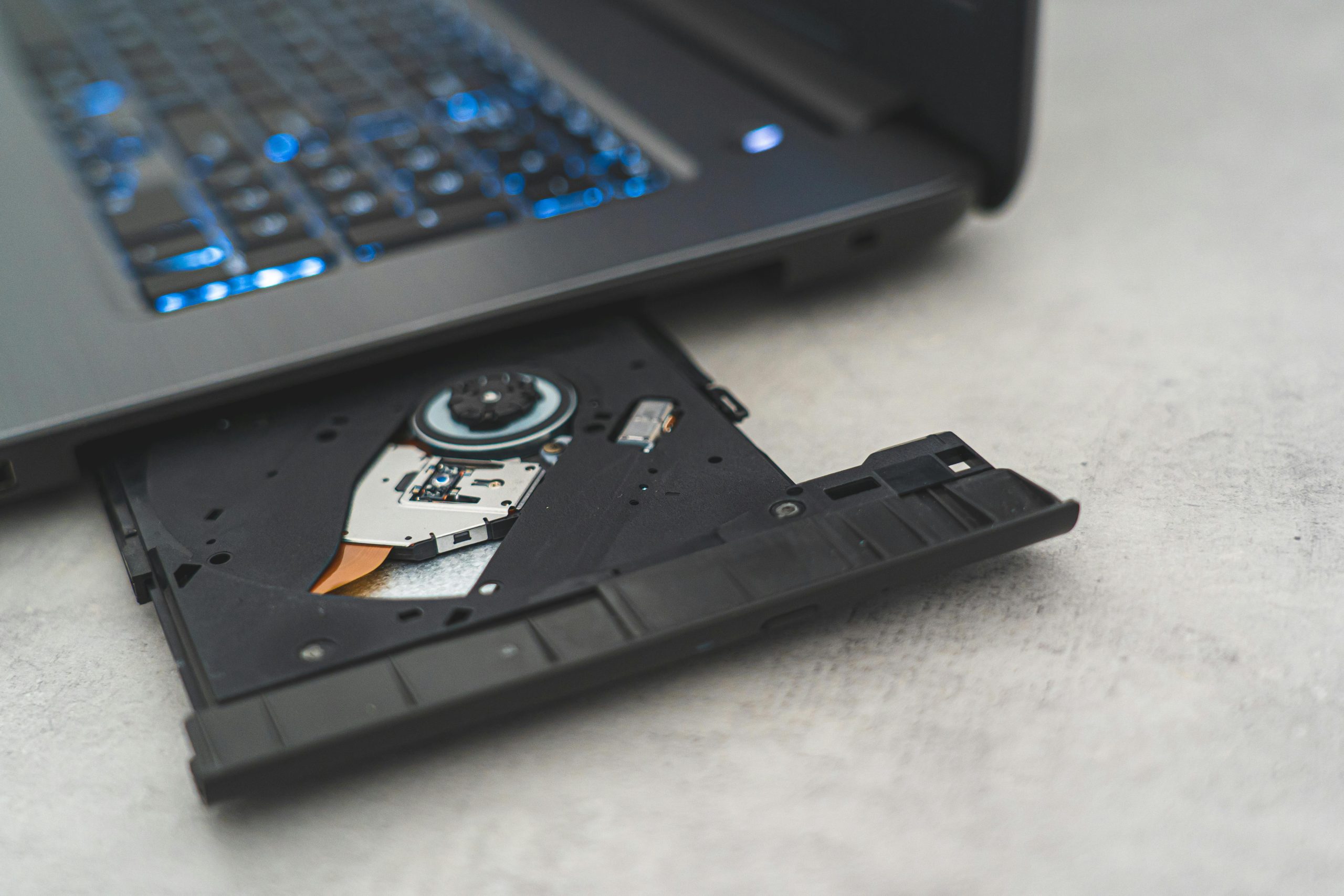Troubleshooting Wi-Fi Adapter Connectivity Issues on New PC Build
Building a new computer can be an exciting experience, but it sometimes comes with unexpected technical challenges. One common issue faced by many users is Wi-Fi connectivity problems, especially when the Wi-Fi adapter does not initialize properly at startup. In this article, we’ll explore a real-world scenario involving such an issue and provide guidance on potential solutions.
Overview of the Problem
A user recently assembled a new PC featuring an Intel Core i5-14400 processor and a Gigabyte B760M H DDR4 motherboard. After initial setup, the user noticed that the integrated Wi-Fi adapter, a Realtek 8821CU Wireless LAN USB NIC, failed to function immediately upon startup. The adapter’s device status in Device Manager indicated issues, often showing error codes such as:
-
Code 45: “Currently, this hardware device is not connected to the computer.”
-
Code 10: “This device cannot start (Code 10).”
The user reported that disconnecting and reconnecting the Wi-Fi adapter physically resolved the issue temporarily, allowing the Wi-Fi to function correctly. However, the problem persisted on subsequent startups.
Diagnostic Steps Already Taken
The user performed several troubleshooting steps, including:
-
Installing all motherboard drivers and updating Windows.
-
Disabling USB power management settings and USB selective suspend.
-
Connecting the adapter to a USB 2.0 port instead of USB 3.0 or internal ports.
-
Uninstalling and reinstalling the device driver in Device Manager.
-
Disabling fast startup in power options.
-
Adjusting power management settings in the device properties to prevent Windows from turning off the device to save power.
Despite these efforts, the issue persisted consistently at startup, with the adapter not recognized until hardware re-plugging.
Additional Observations
Upon inspecting Device Manager with hidden devices shown, the user observed:
-
The Wi-Fi adapter appears but indicates it’s not connected (Code 45).
-
USB Mass Storage Devices under USB controllers display a yellow exclamation mark with a “Cannot start” (Code 10) error.
This suggests potential hardware recognition issues related to USB connectivity, which could be related to power management or hardware compatibility.
Possible Causes and Solutions
1. USB Power Management Issues
Even though power management settings were adjusted, some systems are sensitive to USB power settings. Consider disabling USB selective suspend entirely in the group policy editor or BIOS settings, if available.
**2.
Share this content:

